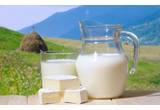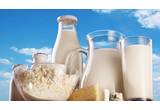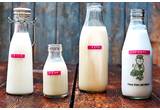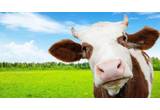Belarus sharply reduced export of dairy products to Russia

In the first half of 2018 the Republic of Belarus sharply reduced the export of dairy products to the Russian Federation. This follows from the report of the National Statistic Committee of Belarus (Belstat).
The main reason for the decline in exports was the decline in the supply of condensed milk and milk powder to Russia. At the same time, as it became known, the suppl...








